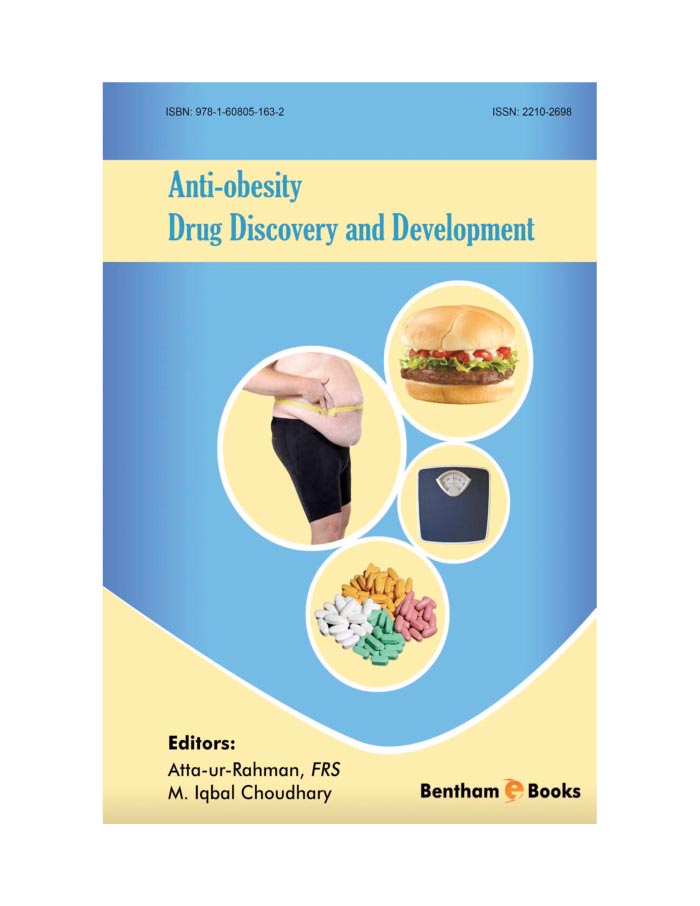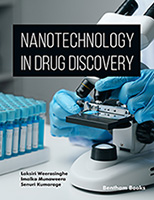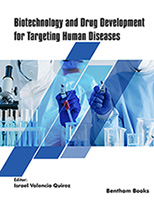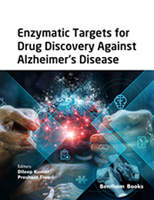Introduction
Obesity is a complex health problem, caused by a number of factors such as excessive food intake, lack of physical activity, genetic predisposition, endocrine disorders, medications and psychiatric illnesses. Onset of obesity in both the developing and the developed world has reached epidemic proportions. In response to this, efforts to control and treat obesity have also been vigorously pursued, ranging from raising awareness about lifestyle changes to the discovery and development of safe and effective anti-obesity drugs.
Anti-obesity Drug Discovery and Development is focused on this very important area of healthcare research. Fifteen well written reviews make this special volume an excellent compilation of recent developments in anti-obesity treatment. The reviews cover a variety of topics including the development of specific, safe and effective receptor antagonists, the role of epithelial endocrine cells and post operative treatment strategies. This book should be useful to clinicians and medicinal chemists involved in ant-obesity research and therapy.





